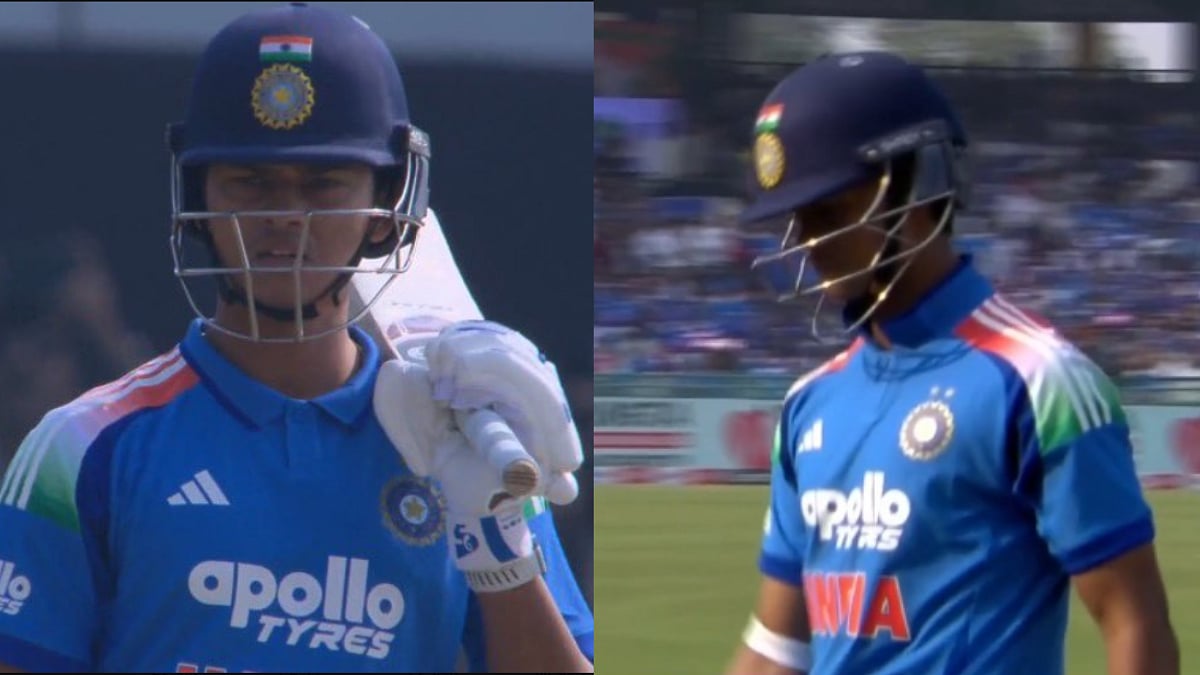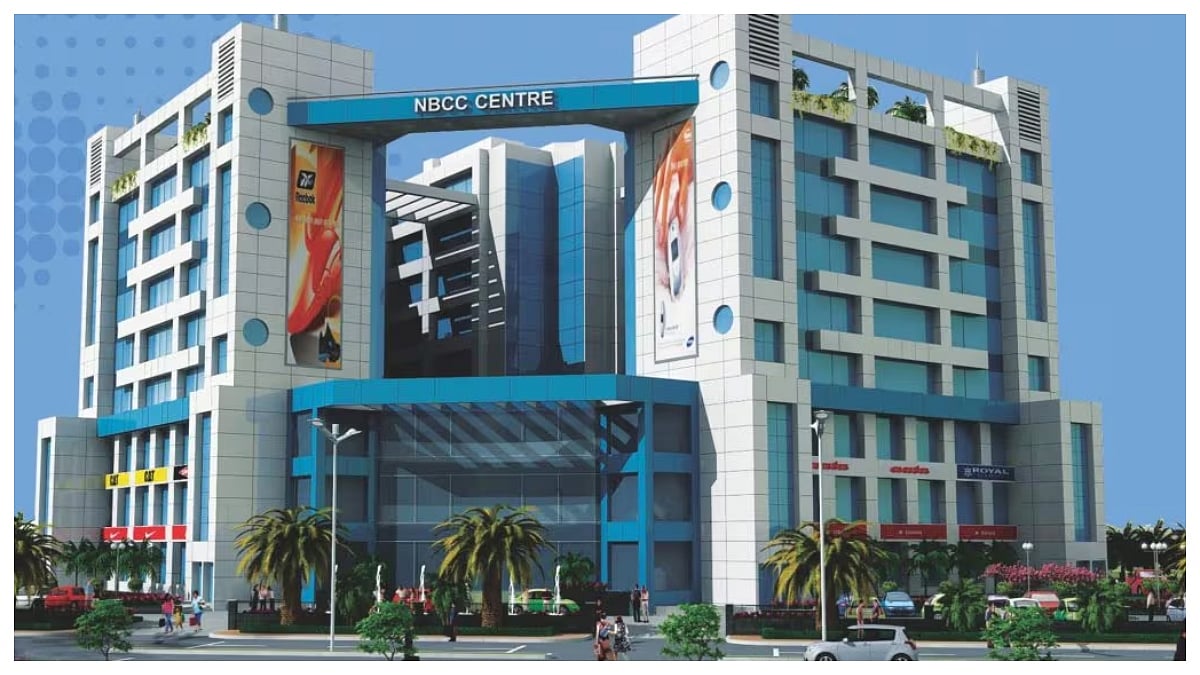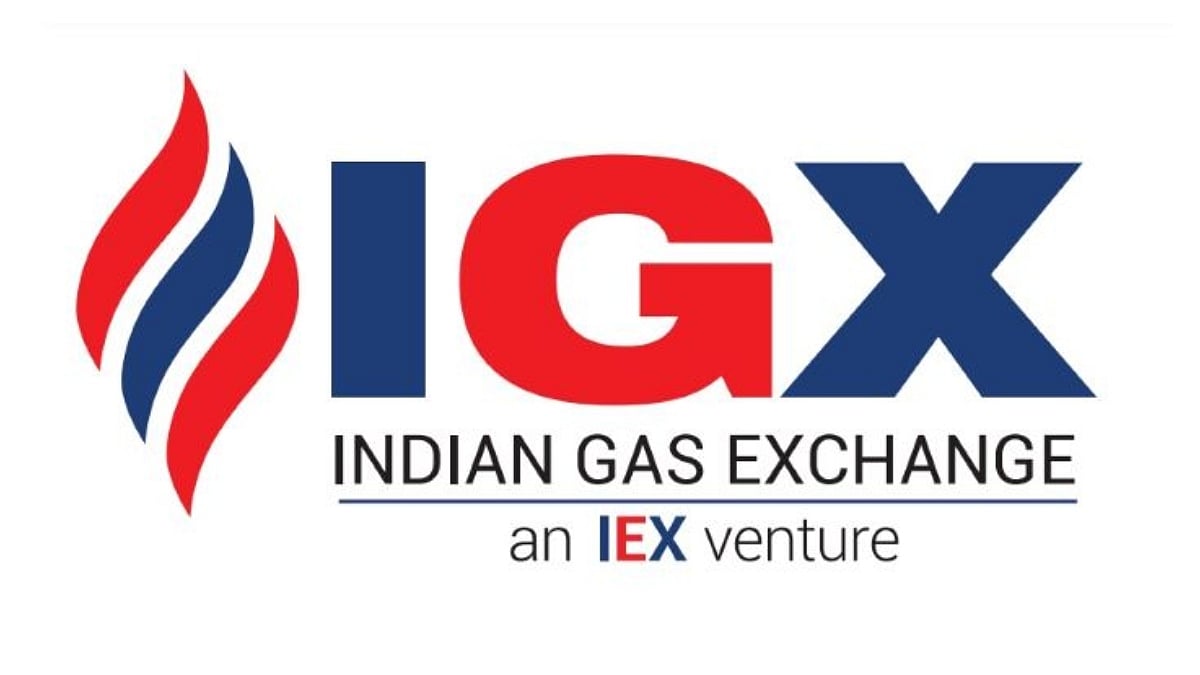It all starts with a city, that overflows and gets extended to the suburbs, and then further on to the exurbs. Sometimes a twin city develops near the city, with a prefix ‘new’ and that has been the story of the development of the cities across India. Be it Delhi’s ‘New Delhi’ or Mumbai’s ‘Navi Mumbai’ (the erstwhile New Bombay), perceptions are often shaped by those who have never even visited the place.
I remember sometime in the early 1980s (just around the time the Indian cricket team had won the ODI World Cup), a distant relative of ours residing in Colaba had sold that flat and moved to a place called Vashi. It was a family of three brothers, and one of them had visited our home. He told us that the new location was also called New Bombay (now Navi Mumbai). He also conveyed that they had shifted into three separate row houses — costing them about a lakh of rupees each at that stage.
Being a hard-core Mumbai suburbanite and not knowing what row houses were, I referred to a dictionary and learnt that row houses are spacious, offering a premium lifestyle and aesthetic appeal. My next innocent (but logical) question was, what is the railway station near your house called? We were informed that there was no railway station in that area as yet, and I thought how will these guys travel?
In those days, taking a State Transport (ST) bus from Dadar was the most popular mode of public transportation available. Over the years, the only time we heard about that area was when people mentioned that their children had taken admissions at some of the engineering or medical colleges there. While the other locations after Vashi were being developed in a phased manner, node by node, we only knew that Vashi was in Navi Mumbai, and the areas within it were identified with different sector numbers.
What eventually took shape was beyond our wildest imagination with railway stations, social and connectivity infrastructure as well as commercial areas being set up as per the planned nodes. Suddenly one could access not just Vashi but all the nodes of Navi Mumbai by local train and this instantly made the ‘twin city’ seem much more relatable and acceptable to us Mumbaikars.
Sometime in 1997, I also happened to be scouting for a flat and someone recommended Kharghar. After a few seconds, I had to ask where that is located. On being told it is slightly ahead of Vashi (a few nodes further own the line), I was still unable to visualise the area. Further to losing the ‘status’ attached with staying in Mumbai, how could I shift to somewhere unknown? In those days, the offer was just about Rs. 2.5 lakh for a 750 sq. ft. flat, and I did not go for it. Had I said yes instead, today it would be worth more than a crore.
A decade later, another western suburbanite managed the transition successfully. Anamika Agarwal, a resident of Bangur Nagar in Goregoan, moved into Nerul after her marriage, sometime in 2007. She says, “I was quite apprehensive about the locales and thought that I was moving away from Mumbai. How would life be?” Looking at life around her in a joint family that lived in a spacious apartment, she adapted to the area and was more than surprised to experience the fresh air, less noise, and less pollution, that translated into a better standard of living.

Recently the Agarwal family, Anamika with her husband Dhiraj, son Pratyush and daughter Trisha, moved into one of the plush apartments in Kharghar. Anamika adds, “With the children growing up, we had to scout for a larger space. While one could browse through the internet and look for an apartment anywhere, we decided that it had to be somewhere nearby. We zeroed in on Kharghar for the access, facilities and convenience that one can get here.”
Years later, during a business meeting, I was asked to share my views on a concept being branded as ‘5K.’ My initial response was one of confusion, as that term would normally be interpreted as Rs 5000 in the business community. However, it turned out that they were referring to 5 Navi Mumbai nodes whose names all started with that alphabet — Kharghar, Kalamboli, Kamothe, Khandeshwar and, Koparkhairane.
Most of the facilities that a Mumbaikar considers essential, be it the malls with leisure zones, fine dining restaurants, shopping centres, educational institutions and even sports infrastructure like cricket stadiums are well developed across Navi Mumbai’s nodes. The residents, many of whom are former Mumbaikars, make the twin city very cosmopolitan by nature. Mumbai is known as the city of skyscrapers and now, Navi Mumbai has proved to be a match when it comes to that aspect as well!
(The writer is a Trend Science, Communication & Marketing Consultant)











